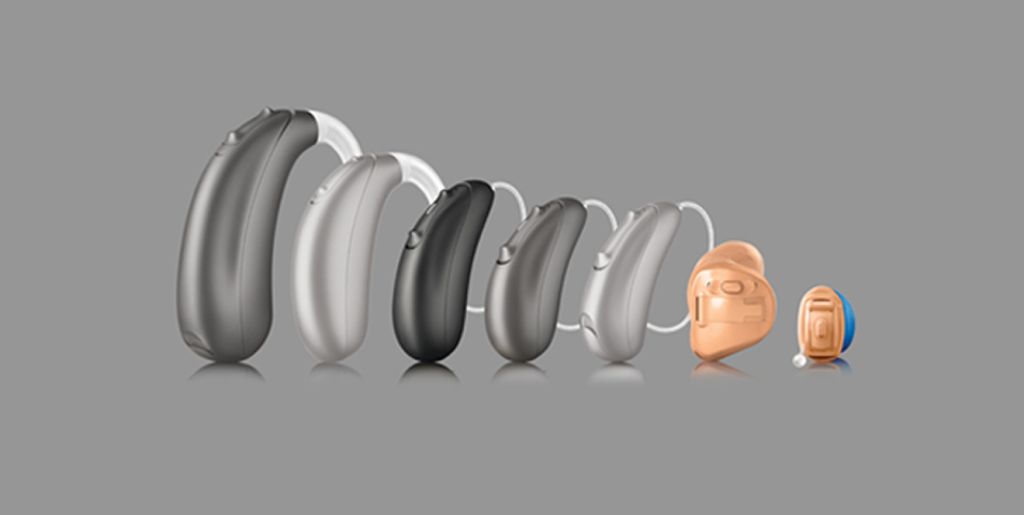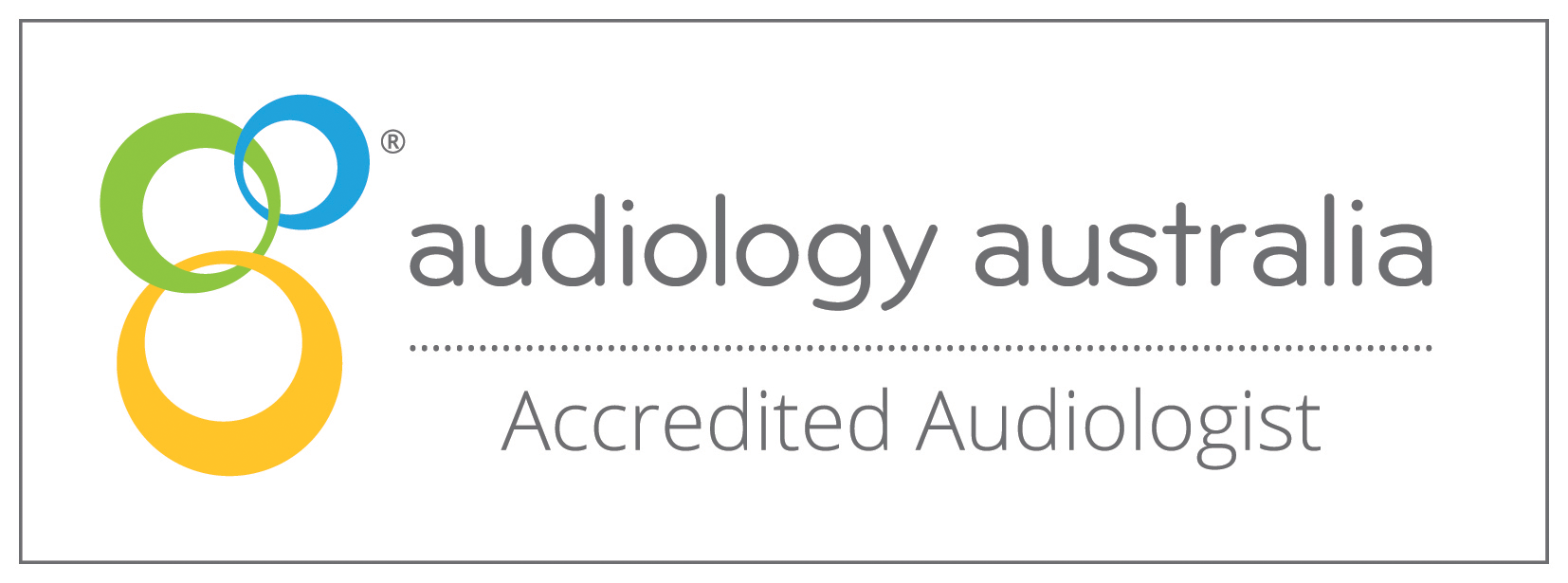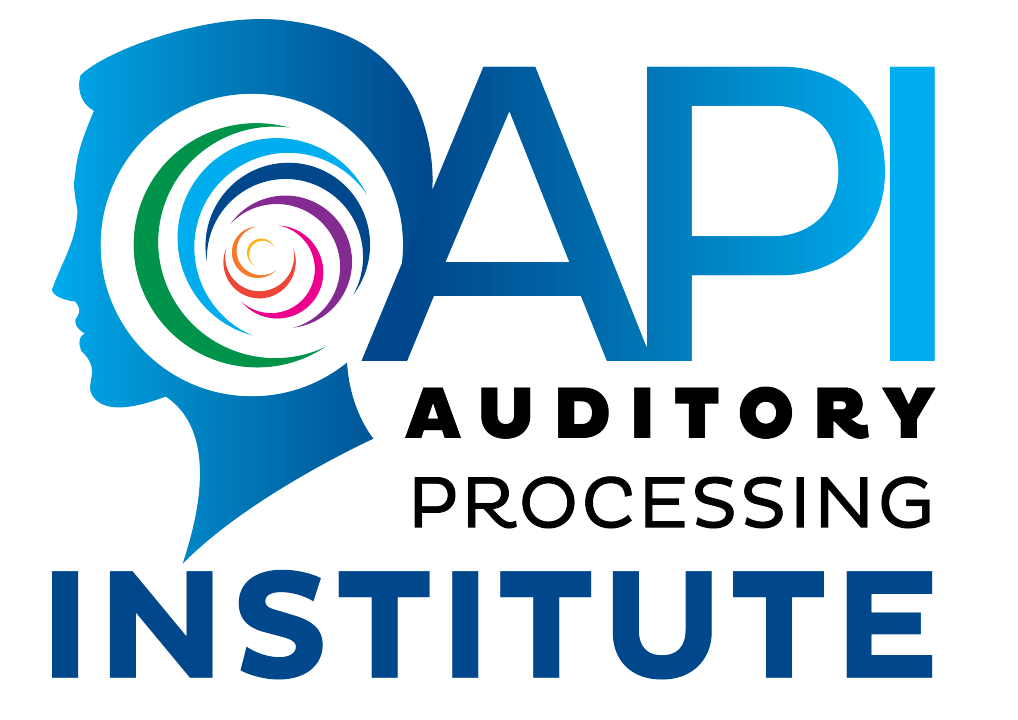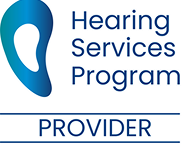Understanding the Types of Hearing Loss
Hearing loss is an increasingly common condition. Hearing loss affects millions of people worldwide, impacting their ability to communicate, work, and enjoy life to the fullest. While many people think of hearing loss as a single condition, it actually encompasses three distinct types.
Understanding the Types of Hearing Loss
Hearing loss is an increasingly common condition. Hearing loss affects millions of people worldwide, impacting their ability to communicate, work, and enjoy life to the fullest. While many people think of hearing loss as a single condition, it actually encompasses three distinct types.
The Three Types of Hearing Loss
1. Conductive Hearing Loss
Conductive hearing loss occurs when sound waves cannot efficiently travel through the outer or middle ear to reach the inner ear. This type of hearing loss typically involves a mechanical problem that blocks or reduces sound transmission.
Causes of Conductive Hearing Loss
Outer Ear Issues:
• Earwax buildup (cerumen impaction)
• Foreign objects lodged in the ear canal
• Ear canal infections (otitis externa)
• Congenital absence or malformation of the ear canal
• Tumors or growths in the ear canal
Middle Ear Problems:
• Middle ear infections (otitis media)
• Fluid accumulation behind the eardrum
• Perforated eardrum
• Otosclerosis (abnormal bone growth around the stapes)
• Ossicular chain disruption (damage to the tiny bones in the middle ear)
• Eustachian tube dysfunction

(Frequent ear infections and middle ear fluid are common causes for temporary and fluctuating conductive hearing loss
in young children)
Symptoms of Conductive Hearing Loss
Individuals with conductive hearing loss often experience:
• Muffled or diminished hearing
• Difficulty hearing soft sounds
• Feeling like their ear is “plugged” or full
• Pain or discomfort in the ear
• Drainage from the ear (in cases of infection)
• Own voice sounding louder than normal
The good news about conductive hearing loss is that it’s often treatable or even reversible.
Medical Treatments:
• Earwax removal by a healthcare professional
• Antibiotics for bacterial infections
• Surgical repair of perforated eardrums (tympanoplasty)
• Stapedectomy for otosclerosis
• Grommets or Ventilation Tubes for chronic ear infections
• Removal of tumors or foreign objects
Hearing Aids:
• Bone-anchored hearing aids (BAHA) for cases where traditional surgery isn’t suitable
• Conventional hearing aids may be effective for some cases
2. Sensorineural Hearing Loss
Sensorineural hearing loss is the most common type of permanent hearing loss. It occurs when there’s damage to the inner ear (cochlea)
or the auditory nerve pathways leading to the brain.
Causes of Sensorineural Hearing Loss
Age-Related Factors:
• Presbycusis (age-related hearing loss)
• Gradual deterioration of hair cells in the cochlea
Noise-Induced Damage:
• Prolonged exposure to loud sounds
• Sudden exposure to extremely loud noises (acoustic trauma)
• Occupational noise exposure

(Long term exposure to noise can cause permanent sensorineural damage to hearing)
Medical Conditions:
• Ménière’s disease
• Autoimmune inner ear disease
• Viral infections
• Diabetes
• Kidney disease
• Cardiovascular disease
Genetic Factors:
• Hereditary hearing loss
• Genetic syndromes affecting hearing
Medications (Ototoxic):
• Certain antibiotics (aminoglycosides)
• Chemotherapy drugs (cisplatin)
• High doses of aspirin
• Loop diuretics
Other Causes:
• Head trauma
• Tumors (acoustic neuroma)
• Sudden sensorineural hearing loss (idiopathic)
Symptoms of Sensorineural Hearing Loss
Individuals with sensorineural hearing loss may experience:
• Gradual or sudden hearing loss
• Difficulty understanding speech, especially in noisy environments
• Sounds seeming muffled or distorted
• Tinnitus (ringing, buzzing, or roaring in the ears)
• Dizziness or balance problems
• Difficulty hearing high-pitched sounds
• Need to increase volume on electronic devices
Treatment Options
While sensorineural hearing loss is typically permanent, several treatment options can help:
Hearing Aids:
• Hearing aids with advanced noise reduction
• Directional microphones for better speech understanding
• Programmable settings for different environments
• Tinnitus maskers

(Latest innovations in hearing aid technology can help improve speech understanding
and hearing in background noise and can also help in the management of tinnitus)
Cochlear Implants:
• Suitable for severe to profound hearing loss with poor speech recognition
• Bypass damaged hair cells to directly stimulate the auditory nerve
• Require surgical implantation and rehabilitation
Assistive Listening Devices:
• FM systems for classroom or meeting environments
• Amplified phones and doorbells
• TV listening devices
Medical Management:
• Corticosteroids for sudden sensorineural hearing loss
• Treatment of underlying conditions (diabetes, cardiovascular disease)
3. Mixed Hearing Loss
Mixed hearing loss is a combination of both conductive and sensorineural hearing loss. This means there are problems in both the outer/middle ear and the inner ear or auditory nerve.
Causes of Mixed Hearing Loss
Mixed hearing loss can develop in several ways:
• Having conductive hearing loss with damage that extends to the inner ear
• Separate conditions affecting different parts of the ear simultaneously
Some Scenarios:
• Age-related hearing loss (sensorineural) with chronic ear infections (conductive)
• Noise-induced hearing loss (sensorineural) with earwax buildup (conductive)
• Genetic hearing loss (sensorineural) with otosclerosis (conductive)
Symptoms of Mixed Hearing Loss
Symptoms typically combine elements from both types:
• Significant hearing reduction
• Muffled sounds with distortion
• Difficulty with speech understanding
• Ear fullness or pain
• Tinnitus
• Balance issues
Treatment Approaches
Treatment for mixed hearing loss often requires addressing both components:
Sequential Treatment:
• Treat the conductive component first (surgery, medication)
• Assess remaining sensorineural loss
• Fit hearing aids for residual hearing loss
Combined Approaches:
• Hearing aids
• Bone-anchored hearing aids in some cases
• Medical management of underlying conditions
Conclusion
Understanding the three types of hearing loss—conductive, sensorineural, and mixed—is crucial for anyone experiencing hearing difficulties or caring for someone who is. Early intervention often leads to better treatment outcomes and can prevent further deterioration.
Whether your hearing loss is temporary or permanent, mild or severe, help is available. Reach out to us at Harken Audiology today at 03 99691774 or 0414489521 to begin with comprehensive diagnostic hearing tests to identify and diagnose the type and severity hearing loss.
Understanding the Types of Hearing Loss
Hearing loss is an increasingly common condition. Hearing loss affects millions of people worldwide, impacting their ability to communicate, work, and enjoy life to the fullest. While many people think of hearing loss as a single condition, it actually encompasses three distinct types.
Understanding the Types of Hearing Loss
Hearing loss is an increasingly common condition. Hearing loss affects millions of people worldwide, impacting their ability to communicate, work, and enjoy life to the fullest. While many people think of hearing loss as a single condition, it actually encompasses three distinct types.
The Three Types of Hearing Loss
1. Conductive Hearing Loss
Conductive hearing loss occurs when sound waves cannot efficiently travel through the outer or middle ear to reach the inner ear. This type of hearing loss typically involves a mechanical problem that blocks or reduces sound transmission.
Causes of Conductive Hearing Loss
Outer Ear Issues:
• Earwax buildup (cerumen impaction)
• Foreign objects lodged in the ear canal
• Ear canal infections (otitis externa)
• Congenital absence or malformation of the ear canal
• Tumors or growths in the ear canal
Middle Ear Problems:
• Middle ear infections (otitis media)
• Fluid accumulation behind the eardrum
• Perforated eardrum
• Otosclerosis (abnormal bone growth around the stapes)
• Ossicular chain disruption (damage to the tiny bones in the middle ear)
• Eustachian tube dysfunction

(Frequent ear infections and middle ear fluid are common causes for temporary and fluctuating conductive hearing loss
in young children)
Symptoms of Conductive Hearing Loss
Individuals with conductive hearing loss often experience:
• Muffled or diminished hearing
• Difficulty hearing soft sounds
• Feeling like their ear is “plugged” or full
• Pain or discomfort in the ear
• Drainage from the ear (in cases of infection)
• Own voice sounding louder than normal
The good news about conductive hearing loss is that it’s often treatable or even reversible.
Medical Treatments:
• Earwax removal by a healthcare professional
• Antibiotics for bacterial infections
• Surgical repair of perforated eardrums (tympanoplasty)
• Stapedectomy for otosclerosis
• Grommets or Ventilation Tubes for chronic ear infections
• Removal of tumors or foreign objects
Hearing Aids:
• Bone-anchored hearing aids (BAHA) for cases where traditional surgery isn’t suitable
• Conventional hearing aids may be effective for some cases
2. Sensorineural Hearing Loss
Sensorineural hearing loss is the most common type of permanent hearing loss. It occurs when there’s damage to the inner ear (cochlea)
or the auditory nerve pathways leading to the brain.
Causes of Sensorineural Hearing Loss
Age-Related Factors:
• Presbycusis (age-related hearing loss)
• Gradual deterioration of hair cells in the cochlea
Noise-Induced Damage:
• Prolonged exposure to loud sounds
• Sudden exposure to extremely loud noises (acoustic trauma)
• Occupational noise exposure

(Long term exposure to noise can cause permanent sensorineural damage to hearing)
Medical Conditions:
• Ménière’s disease
• Autoimmune inner ear disease
• Viral infections
• Diabetes
• Kidney disease
• Cardiovascular disease
Genetic Factors:
• Hereditary hearing loss
• Genetic syndromes affecting hearing
Medications (Ototoxic):
• Certain antibiotics (aminoglycosides)
• Chemotherapy drugs (cisplatin)
• High doses of aspirin
• Loop diuretics
Other Causes:
• Head trauma
• Tumors (acoustic neuroma)
• Sudden sensorineural hearing loss (idiopathic)
Symptoms of Sensorineural Hearing Loss
Individuals with sensorineural hearing loss may experience:
• Gradual or sudden hearing loss
• Difficulty understanding speech, especially in noisy environments
• Sounds seeming muffled or distorted
• Tinnitus (ringing, buzzing, or roaring in the ears)
• Dizziness or balance problems
• Difficulty hearing high-pitched sounds
• Need to increase volume on electronic devices
Treatment Options
While sensorineural hearing loss is typically permanent, several treatment options can help:
Hearing Aids:
• Hearing aids with advanced noise reduction
• Directional microphones for better speech understanding
• Programmable settings for different environments
• Tinnitus maskers

(Latest innovations in hearing aid technology can help improve speech understanding
and hearing in background noise and can also help in the management of tinnitus)
Cochlear Implants:
• Suitable for severe to profound hearing loss with poor speech recognition
• Bypass damaged hair cells to directly stimulate the auditory nerve
• Require surgical implantation and rehabilitation
Assistive Listening Devices:
• FM systems for classroom or meeting environments
• Amplified phones and doorbells
• TV listening devices
Medical Management:
• Corticosteroids for sudden sensorineural hearing loss
• Treatment of underlying conditions (diabetes, cardiovascular disease)
3. Mixed Hearing Loss
Mixed hearing loss is a combination of both conductive and sensorineural hearing loss. This means there are problems in both the outer/middle ear and the inner ear or auditory nerve.
Causes of Mixed Hearing Loss
Mixed hearing loss can develop in several ways:
• Having conductive hearing loss with damage that extends to the inner ear
• Separate conditions affecting different parts of the ear simultaneously
Some Scenarios:
• Age-related hearing loss (sensorineural) with chronic ear infections (conductive)
• Noise-induced hearing loss (sensorineural) with earwax buildup (conductive)
• Genetic hearing loss (sensorineural) with otosclerosis (conductive)
Symptoms of Mixed Hearing Loss
Symptoms typically combine elements from both types:
• Significant hearing reduction
• Muffled sounds with distortion
• Difficulty with speech understanding
• Ear fullness or pain
• Tinnitus
• Balance issues
Treatment Approaches
Treatment for mixed hearing loss often requires addressing both components:
Sequential Treatment:
• Treat the conductive component first (surgery, medication)
• Assess remaining sensorineural loss
• Fit hearing aids for residual hearing loss
Combined Approaches:
• Hearing aids
• Bone-anchored hearing aids in some cases
• Medical management of underlying conditions
Conclusion
Understanding the three types of hearing loss—conductive, sensorineural, and mixed—is crucial for anyone experiencing hearing difficulties or caring for someone who is. Early intervention often leads to better treatment outcomes and can prevent further deterioration.
Whether your hearing loss is temporary or permanent, mild or severe, help is available. Reach out to us at Harken Audiology today at 03 99691774 or 0414489521 to begin with comprehensive diagnostic hearing tests to identify and diagnose the type and severity hearing loss.
Understanding the Types of Hearing Loss
Understanding the Types of Hearing Loss
Hearing loss is an increasingly common condition. Hearing loss affects millions of people worldwide, impacting their ability to communicate, work, and enjoy life to the fullest. While many people think of hearing loss as a single condition, it actually encompasses three distinct types.
Understanding the Types of Hearing Loss
Hearing loss is an increasingly common condition. Hearing loss affects millions of people worldwide, impacting their ability to communicate, work, and enjoy life to the fullest. While many people think of hearing loss as a single condition, it actually encompasses three distinct types.
The Three Types of Hearing Loss
1. Conductive Hearing Loss
Conductive hearing loss occurs when sound waves cannot efficiently travel through the outer or middle ear to reach the inner ear. This type of hearing loss typically involves a mechanical problem that blocks or reduces sound transmission.
Causes of Conductive Hearing Loss
Outer Ear Issues:
• Earwax buildup (cerumen impaction)
• Foreign objects lodged in the ear canal
• Ear canal infections (otitis externa)
• Congenital absence or malformation of the ear canal
• Tumors or growths in the ear canal
Middle Ear Problems:
• Middle ear infections (otitis media)
• Fluid accumulation behind the eardrum
• Perforated eardrum
• Otosclerosis (abnormal bone growth around the stapes)
• Ossicular chain disruption (damage to the tiny bones in the middle ear)
• Eustachian tube dysfunction

(Frequent ear infections and middle ear fluid are common causes for temporary and fluctuating conductive hearing loss
in young children)
Symptoms of Conductive Hearing Loss
Individuals with conductive hearing loss often experience:
• Muffled or diminished hearing
• Difficulty hearing soft sounds
• Feeling like their ear is “plugged” or full
• Pain or discomfort in the ear
• Drainage from the ear (in cases of infection)
• Own voice sounding louder than normal
The good news about conductive hearing loss is that it’s often treatable or even reversible.
Medical Treatments:
• Earwax removal by a healthcare professional
• Antibiotics for bacterial infections
• Surgical repair of perforated eardrums (tympanoplasty)
• Stapedectomy for otosclerosis
• Grommets or Ventilation Tubes for chronic ear infections
• Removal of tumors or foreign objects
Hearing Aids:
• Bone-anchored hearing aids (BAHA) for cases where traditional surgery isn’t suitable
• Conventional hearing aids may be effective for some cases
2. Sensorineural Hearing Loss
Sensorineural hearing loss is the most common type of permanent hearing loss. It occurs when there’s damage to the inner ear (cochlea)
or the auditory nerve pathways leading to the brain.
Causes of Sensorineural Hearing Loss
Age-Related Factors:
• Presbycusis (age-related hearing loss)
• Gradual deterioration of hair cells in the cochlea
Noise-Induced Damage:
• Prolonged exposure to loud sounds
• Sudden exposure to extremely loud noises (acoustic trauma)
• Occupational noise exposure

(Long term exposure to noise can cause permanent sensorineural damage to hearing)
Medical Conditions:
• Ménière’s disease
• Autoimmune inner ear disease
• Viral infections
• Diabetes
• Kidney disease
• Cardiovascular disease
Genetic Factors:
• Hereditary hearing loss
• Genetic syndromes affecting hearing
Medications (Ototoxic):
• Certain antibiotics (aminoglycosides)
• Chemotherapy drugs (cisplatin)
• High doses of aspirin
• Loop diuretics
Other Causes:
• Head trauma
• Tumors (acoustic neuroma)
• Sudden sensorineural hearing loss (idiopathic)
Symptoms of Sensorineural Hearing Loss
Individuals with sensorineural hearing loss may experience:
• Gradual or sudden hearing loss
• Difficulty understanding speech, especially in noisy environments
• Sounds seeming muffled or distorted
• Tinnitus (ringing, buzzing, or roaring in the ears)
• Dizziness or balance problems
• Difficulty hearing high-pitched sounds
• Need to increase volume on electronic devices
Treatment Options
While sensorineural hearing loss is typically permanent, several treatment options can help:
Hearing Aids:
• Hearing aids with advanced noise reduction
• Directional microphones for better speech understanding
• Programmable settings for different environments
• Tinnitus maskers

(Latest innovations in hearing aid technology can help improve speech understanding
and hearing in background noise and can also help in the management of tinnitus)
Cochlear Implants:
• Suitable for severe to profound hearing loss with poor speech recognition
• Bypass damaged hair cells to directly stimulate the auditory nerve
• Require surgical implantation and rehabilitation
Assistive Listening Devices:
• FM systems for classroom or meeting environments
• Amplified phones and doorbells
• TV listening devices
Medical Management:
• Corticosteroids for sudden sensorineural hearing loss
• Treatment of underlying conditions (diabetes, cardiovascular disease)
3. Mixed Hearing Loss
Mixed hearing loss is a combination of both conductive and sensorineural hearing loss. This means there are problems in both the outer/middle ear and the inner ear or auditory nerve.
Causes of Mixed Hearing Loss
Mixed hearing loss can develop in several ways:
• Having conductive hearing loss with damage that extends to the inner ear
• Separate conditions affecting different parts of the ear simultaneously
Some Scenarios:
• Age-related hearing loss (sensorineural) with chronic ear infections (conductive)
• Noise-induced hearing loss (sensorineural) with earwax buildup (conductive)
• Genetic hearing loss (sensorineural) with otosclerosis (conductive)
Symptoms of Mixed Hearing Loss
Symptoms typically combine elements from both types:
• Significant hearing reduction
• Muffled sounds with distortion
• Difficulty with speech understanding
• Ear fullness or pain
• Tinnitus
• Balance issues
Treatment Approaches
Treatment for mixed hearing loss often requires addressing both components:
Sequential Treatment:
• Treat the conductive component first (surgery, medication)
• Assess remaining sensorineural loss
• Fit hearing aids for residual hearing loss
Combined Approaches:
• Hearing aids
• Bone-anchored hearing aids in some cases
• Medical management of underlying conditions
Conclusion
Understanding the three types of hearing loss—conductive, sensorineural, and mixed—is crucial for anyone experiencing hearing difficulties or caring for someone who is. Early intervention often leads to better treatment outcomes and can prevent further deterioration.
Whether your hearing loss is temporary or permanent, mild or severe, help is available. Reach out to us at Harken Audiology today at 03 99691774 or 0414489521 to begin with comprehensive diagnostic hearing tests to identify and diagnose the type and severity hearing loss.




